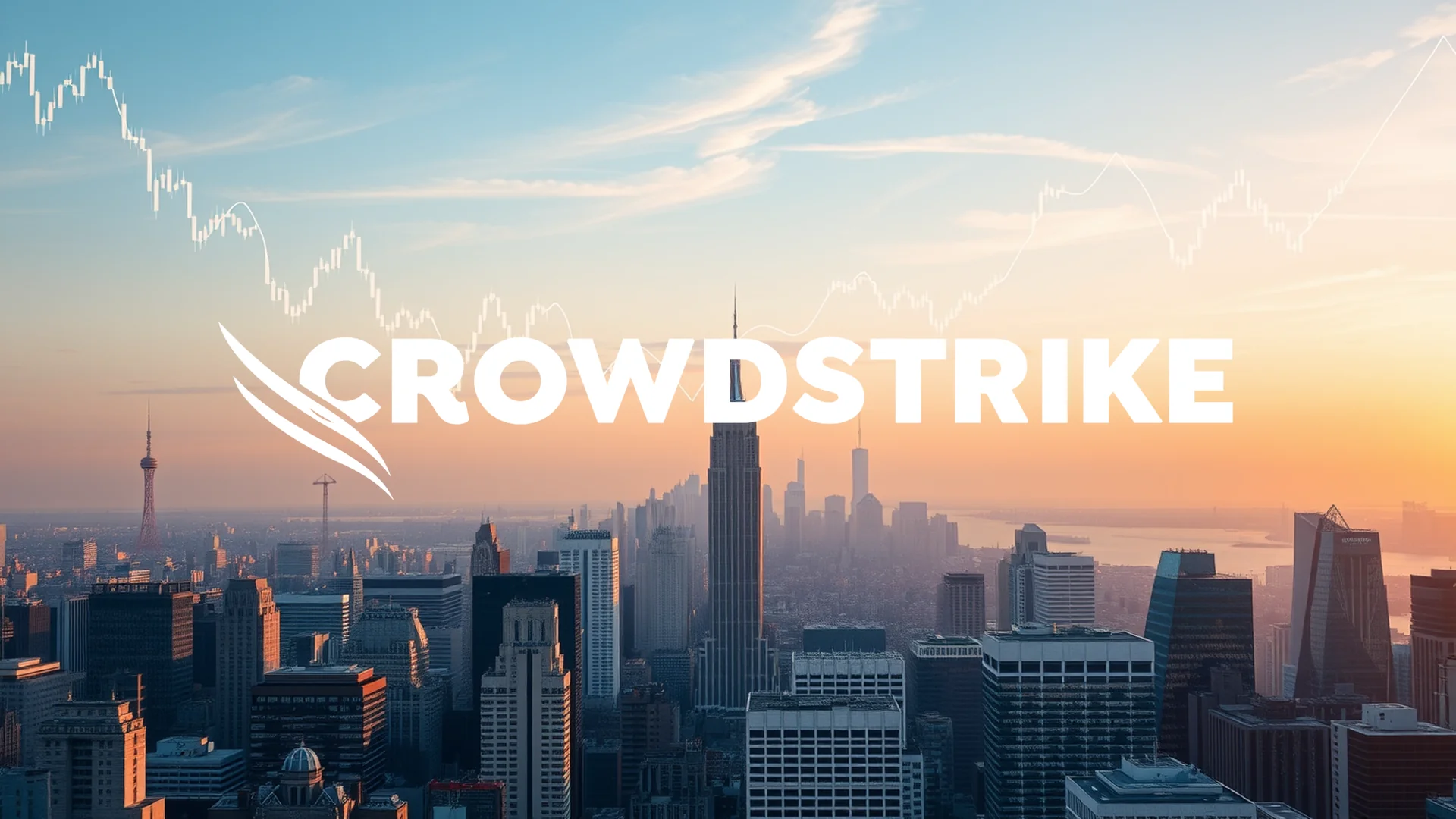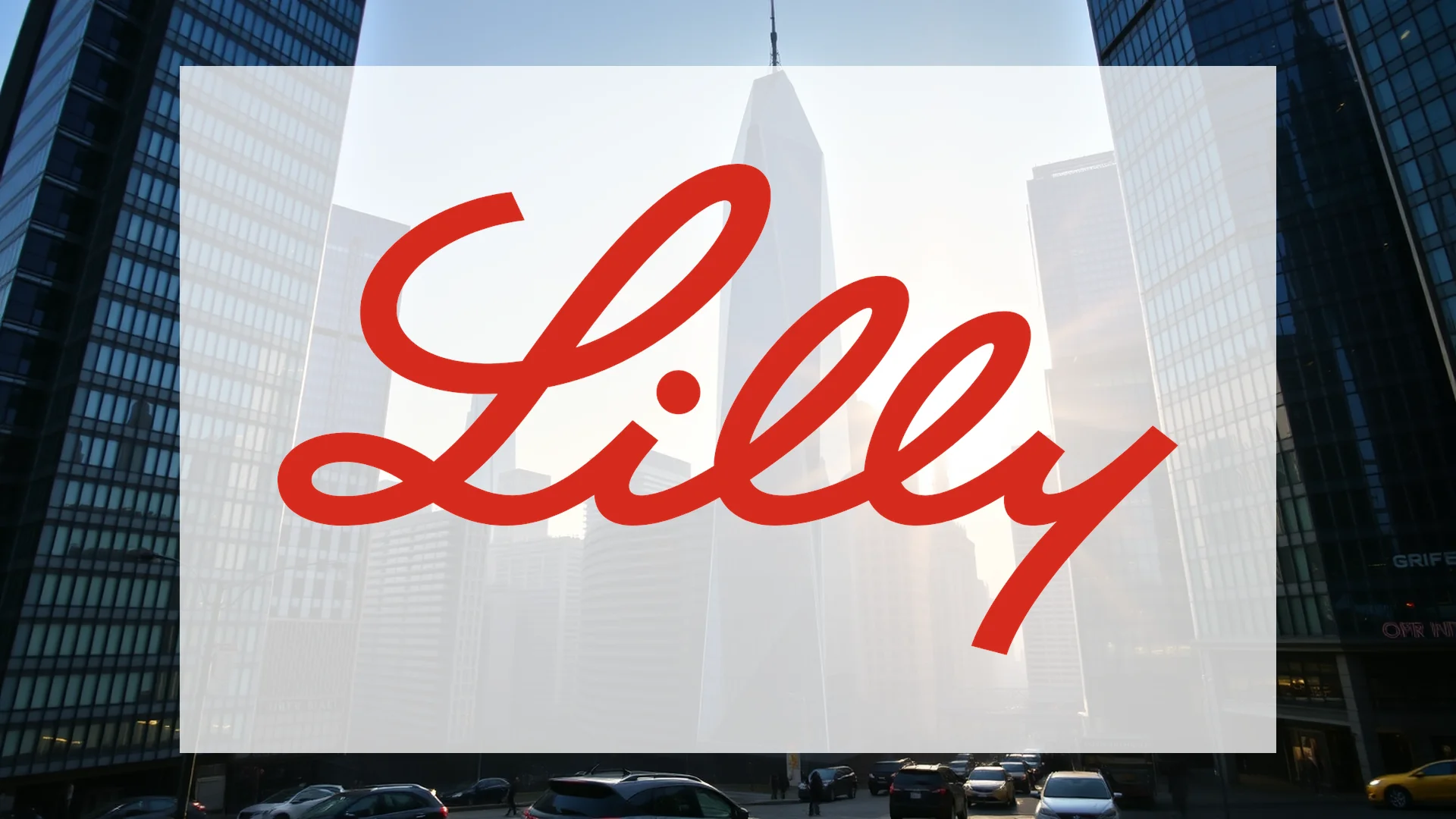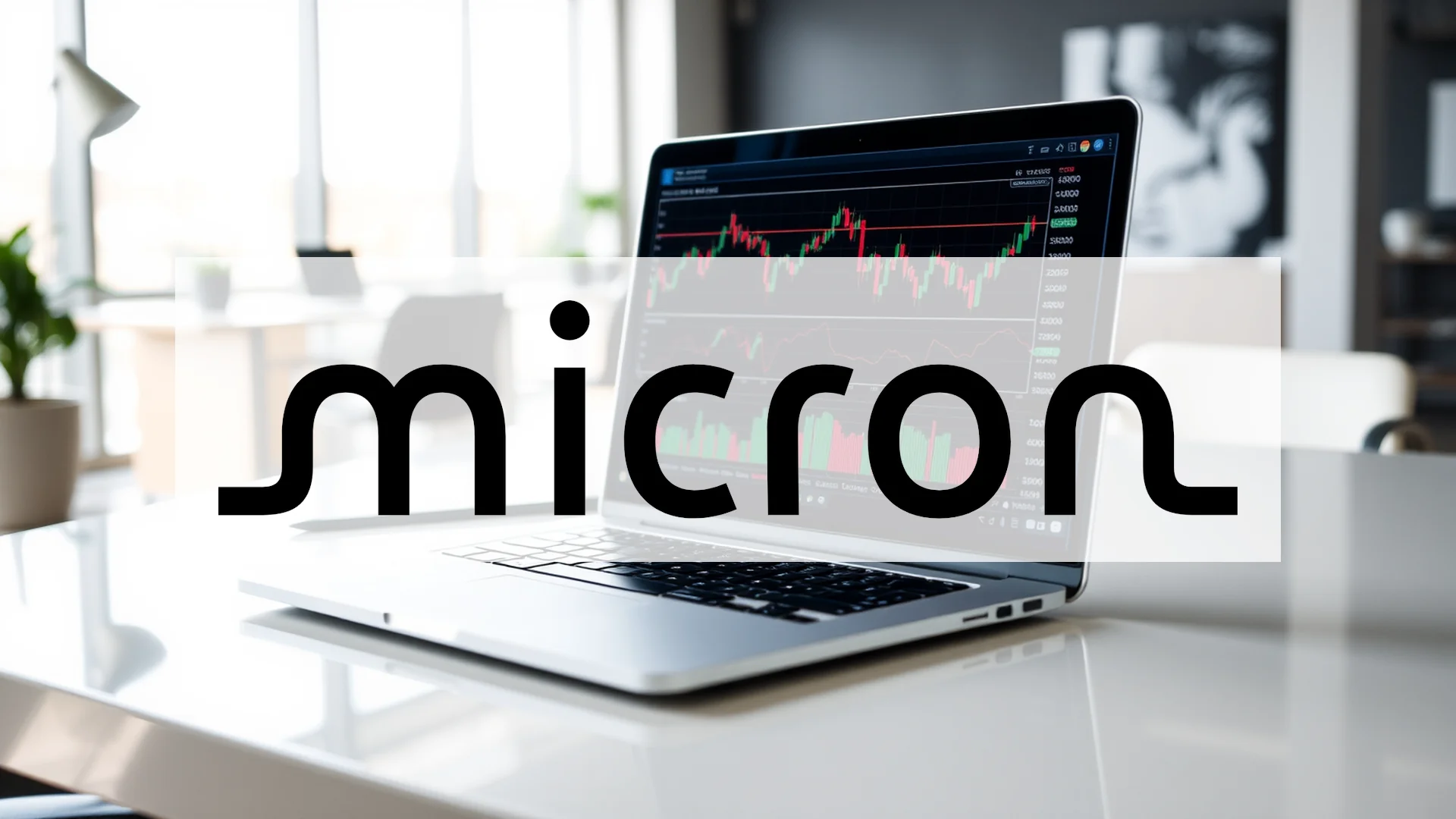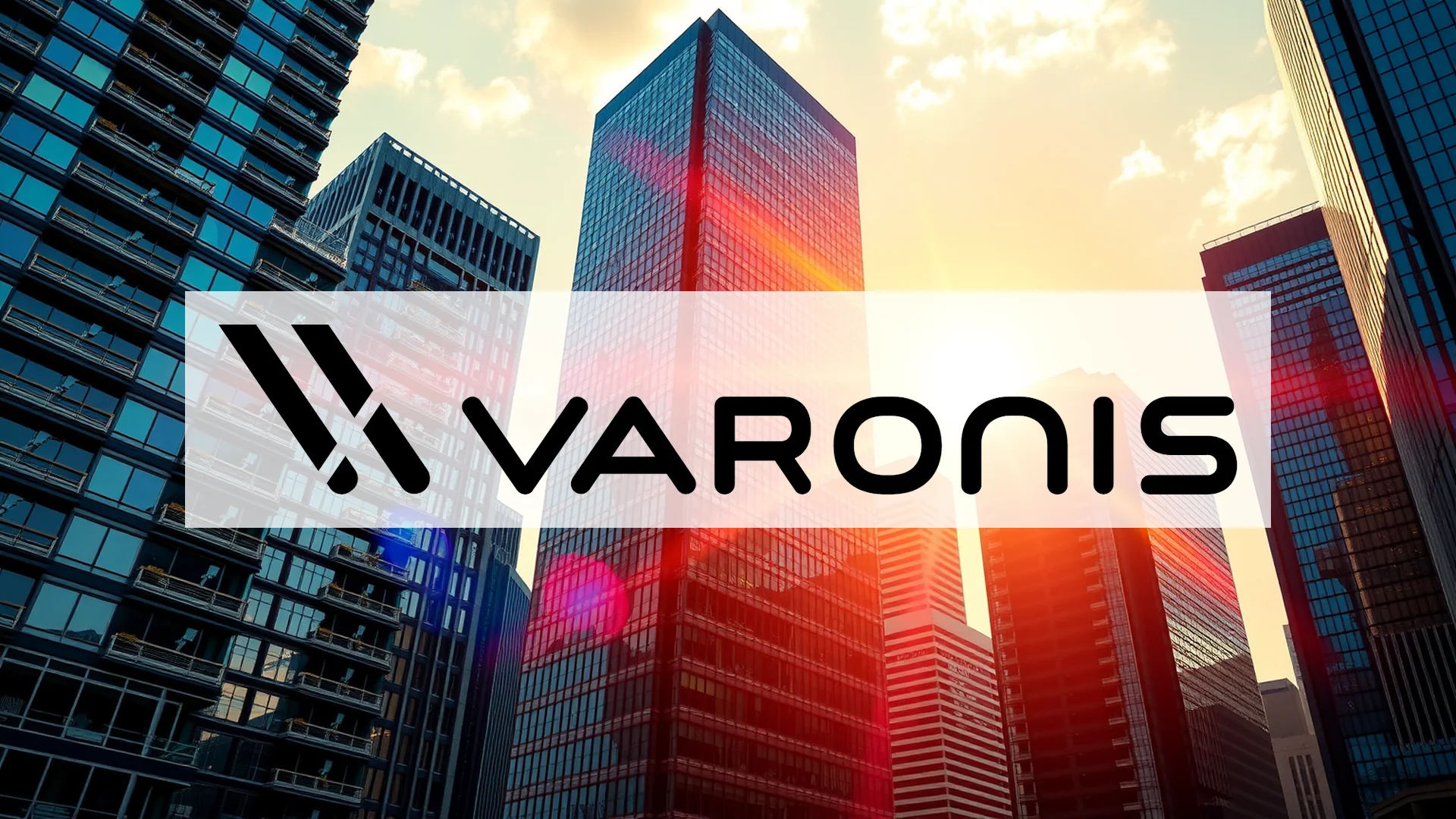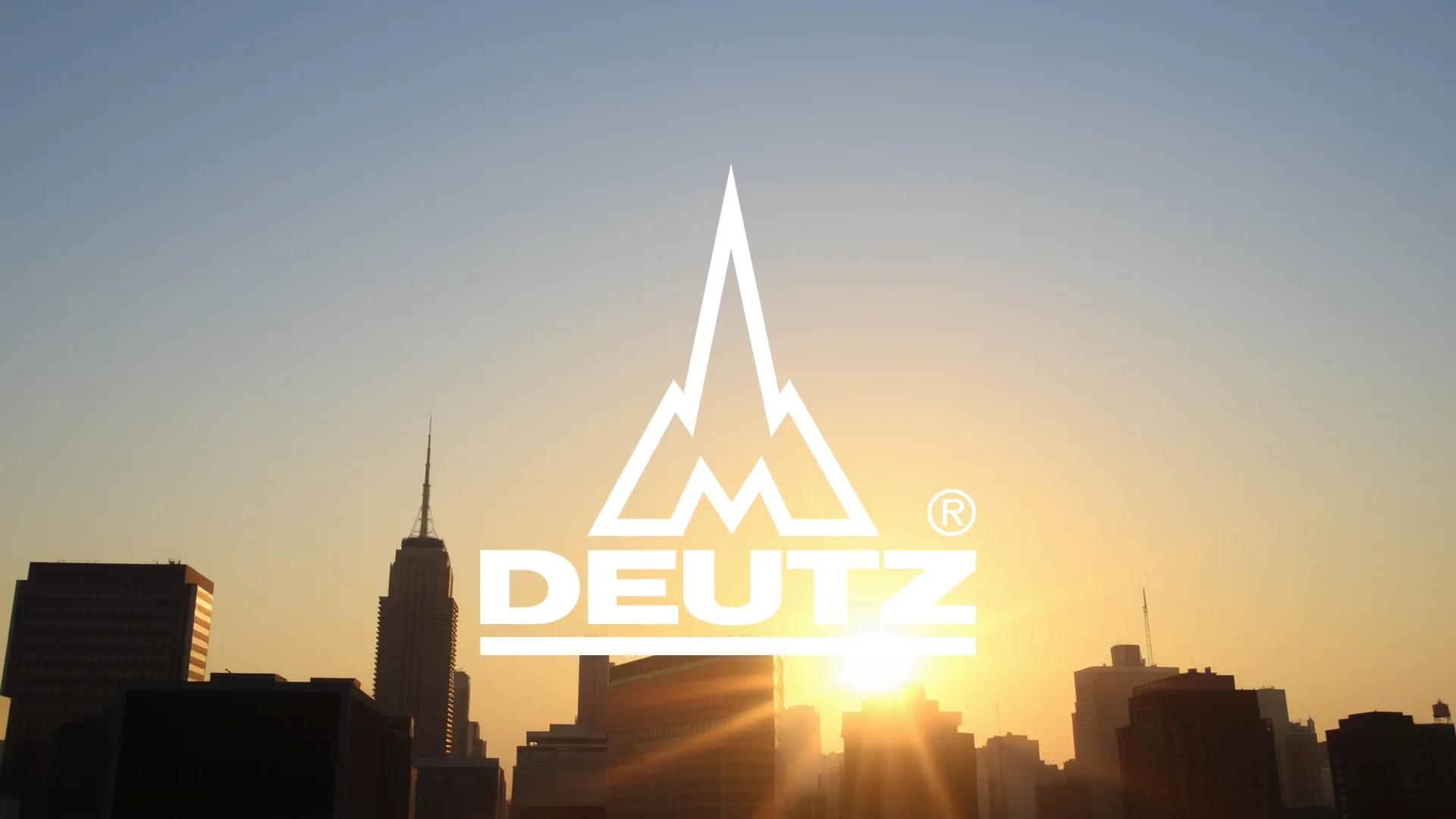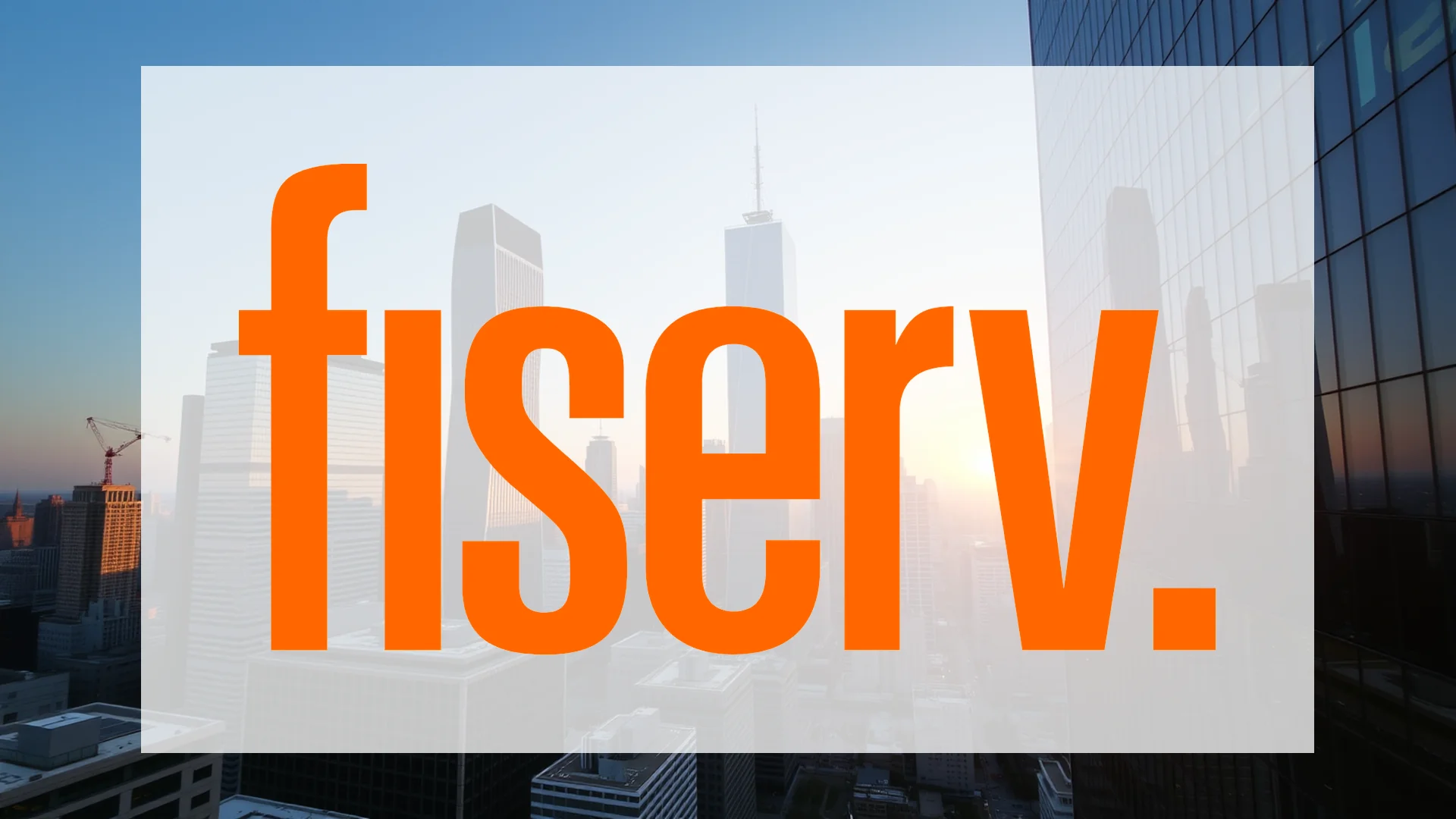In the high-stakes arena of cybersecurity, two dominant players command significant investor attention: CrowdStrike Holdings, Inc. and Palo Alto Networks, Inc. The sector itself is experiencing explosive growth, with projections indicating the global market will surge from approximately $245.62 billion in 2024 to over $500 billion by 2030, representing a compound annual growth rate of about 12.9%. This trajectory is fueled by an escalating frequency of cyberattacks and the widespread adoption of cloud computing and IoT devices.
Strategic Positioning and Market Focus
CrowdStrike has established itself as a pioneer in cloud-native endpoint security. Its core offering is the AI-powered Falcon platform, which provides a concentrated focus on protecting devices like laptops and servers. This strategy aligns perfectly with the expansion of remote work and the proliferation of connected devices. The company has publicly targeted scaling its business to achieve $10 billion in Annual Recurring Revenue (ARR) and beyond.
In contrast, Palo Alto Networks employs a comprehensive platform strategy. Its extensive suite includes network firewalls, cloud security through its Prisma line, and security operations via the Cortex platform. This approach is designed to consolidate security vendors for large enterprises, a significant trend in the industry. The success of this shift is evident in the 32% growth of its Next-Generation Security ARR, which reached $5.6 billion in its latest report.
Financial Performance and Growth Trajectories
A comparison of financial metrics reveals distinct profiles for each company, reflecting their different stages of maturity.
CrowdStrike has demonstrated characteristics of hyper-growth. Over the past three years, it has maintained an average revenue growth per share of 36.20% annually. For fiscal year 2025, the company reported annual revenue of $3.95 billion, an increase of 29.39% year-over-year.
As a larger, more established entity, Palo Alto Networks exhibits a more moderate but still impressive growth rate. It posted fiscal year 2025 revenue of $9.22 billion, representing annual growth of 14.87%. While its top-line expansion is slower than CrowdStrike’s, its Next-Generation Security offerings are expanding rapidly, signaling a successful pivot into higher-growth areas.
A key industry benchmark, the “Rule of 40,” which combines revenue growth and free cash flow margin, highlights the strength of both firms. CrowdStrike’s most recent quarterly growth was 21.28% with an FCF margin of 24.38%, summing to a strong 45.66%. Palo Alto Networks reported 15.8% quarterly revenue growth and a robust FCF margin of 36.85%, for a combined score of 52.65%, demonstrating superior cash-generation efficiency at scale.
| Growth and Quality Metrics | CrowdStrike | Palo Alto Networks | Assessment |
|---|---|---|---|
| Revenue Growth (TTM) | 23.46% | 14.87% | CrowdStrike grows faster, but Palo Alto shows strength for its size. |
| FCF Margin (TTM) | ~23.91% | ~37.62% | Palo Alto demonstrates superior free cash flow generation. |
| Rule of 40 Score | ~45% – 47% | ~52% – 53% | Both perform excellently; Palo Alto shows higher efficiency. |
| Gross Margin (TTM) | 74.16% | 73.41% | Both companies maintain healthy and comparable gross margins. |
| Return on Equity (TTM) | -8.92% | 17.66% | Palo Alto is GAAP-profitable and generates a strong ROE. |
| Debt-to-Equity Ratio | 0.21 | 0.05 | Both companies maintain very low levels of debt. |
The Innovation Imperative
Research and development spending is a critical indicator of future competitiveness in the cybersecurity arms race. Both companies invest heavily, but with different emphases.
CrowdStrike channels its R&D into enhancing its single-agent, cloud-native Falcon platform, concentrating on AI and threat intelligence to predict and prevent breaches. This focused strategy has driven rapid innovation in areas like Endpoint Detection and Response (EDR), identity protection, and cloud-workload protection.
Palo Alto Networks spreads its R&D investments across its broader portfolio, aggressively integrating AI across its offerings—from threat detection in firewalls to automated security operations with its Cortex XSIAM platform. This creates a tightly integrated security ecosystem, a compelling proposition for enterprises seeking to reduce complexity.
Valuation and Investment Thesis
The investment narratives for these two giants diverge significantly when it comes to valuation. The market applies a substantial premium to CrowdStrike for its higher growth rate, while Palo Alto Networks is valued more on its established profitability and cash flow.
CrowdStrike trades at a high forward P/E ratio and a Price-to-Sales (P/S) ratio of approximately 27.85. Its Price/Earnings-to-Growth (PEG) ratio, estimated at 3.37 for 2027, is considered high, implying the market has elevated expectations for sustained, rapid growth over many years.
Palo Alto Networks trades at a trailing P/E of around 126 and a forward P/E of approximately 53.25. Its PEG ratio sits between 2.96 and 3.16. While still indicative of a growth stock, these metrics are lower than CrowdStrike’s, reflecting its larger size and more moderate growth profile. Palo Alto’s strong free cash flow yield of about 2.6% provides a valuation floor that is less apparent for CrowdStrike.
| Valuation Snapshot | CrowdStrike (approx.) | Palo Alto Networks (approx.) |
|---|---|---|
| Market Capitalization | $120.81 Billion | $135.37 Billion |
| P/E Ratio (TTM) | Negative (GAAP Loss) | 126.48 |
| EV/Sales (Forward) | ~21.04 | ~13.24 |
| PEG Ratio (Forward) | ~3.37 (FY27) | ~2.96 |
Final Assessment: A Close Contest
A quantitative scoring system, allocating 25 points to each of four categories, provides a summarized view.
| Category | CrowdStrike Score | Palo Alto Networks Score | Rationale |
|---|---|---|---|
| Valuation (25) | 12 | 16 | Palo Alto’s valuation, while high, is more grounded in current profitability and FCF. CrowdStrike’s premium is substantial. |
| Growth (25) | 23 | 19 | CrowdStrike’s superior revenue growth and ARR expansion earn higher marks. Palo Alto’s growth is strong but slower. |
| Quality (25) | 18 | 22 | Palo Alto’s GAAP profitability, higher FCF margins, and positive ROE indicate superior financial quality. |
| Momentum (25) | 21 | 19 | CrowdStrike has shown strong recent price performance, benefiting from a hyper-growth narrative. |
| TOTAL (100) | 74 | 76 |
CrowdStrike Summary:
* Total Score: 74/100
* Strengths: Market-leading revenue growth, pure-play cloud-native leadership, powerful network effects.
* Weaknesses: Extremely high valuation, GAAP unprofitability, reliance on continued hyper-growth to justify its price.
* Investment Case: A premier choice for growth-oriented investors who believe in its long-term dominance of the endpoint and cloud security markets.
Palo Alto Networks Summary:
* Total Score: 76/100
* Strengths: Strong profitability and cash flow, comprehensive integrated platform, high customer switching costs.
* Weaknesses: Slower top-line growth, faces intense competition across multiple fronts.
* Investment Case: A compelling option for investors seeking a blend of growth and quality from an established, profitable market leader.
The duel is exceptionally close, with Palo Alto Networks holding a narrow two-point lead. CrowdStrike excels with spectacular growth, while Palo Alto convinces with solid profitability and a more balanced risk-reward profile. The ultimate choice for investors hinges on their preference: the rapid acceleration of a growth turbocharger or the steady power of an established quality champion.
Ad
CrowdStrike Stock: Buy or Sell?! New CrowdStrike Analysis from December 29 delivers the answer:
The latest CrowdStrike figures speak for themselves: Urgent action needed for CrowdStrike investors. Is it worth buying or should you sell? Find out what to do now in the current free analysis from December 29.
CrowdStrike: Buy or sell? Read more here...

